Philippines plans extension of reduced pork import tariffs
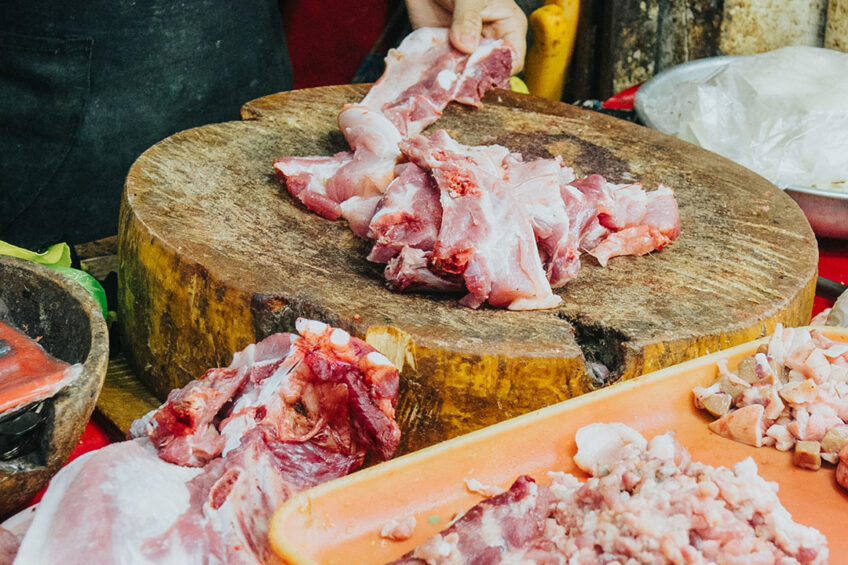
The Philippines plans to extend reduced pork import tariffs beyond 2023 to ease pressure on inflation, which remained above the target in the previous months, reports the Philippines News Agency.
President Ferdinand R. Marcos Jr. signed Executive Order (EO) No. 10 late last year extending the temporary modification of rates of import duties on various products in a bid to maintain affordable prices and augment the supply of agricultural commodities in the country.
Executive Order No. 10 extended the reduced Most Favoured Nation (MFN) tariff rates on pork at 15% (in-quota) and 25% (out-quota), corn at 5% (in-quota) and 15% (out-quota); rice at 35% (in-quota and out-quota); and coal at 0 duty until the end of 2023.
Comprehensive review
Finance Undersecretary Zeno Ronald Abenoja said the Inter-Agency Committee on Inflation and Market Outlook (IAC-IMO) has already started the comprehensive review of these commodities. “The IAC-IMO has started reviewing all these items but given the recent typhoons and external developments, the review does not only cover the 4 agricultural commodities under the EO, but also the other drivers of inflation we have seen in the past few months.”
Managing volume of pork products
At a press conference, Agriculture Assistant Secretary for Operations Arnel de Mesa assured the public that the Department of Agriculture (DA) is coordinating with the private sector to manage the volume of pork products to be sourced from other countries. “Because of ASF, we really need to import pork products until the end of the year.
However, according to De Mesa, the DA expects the 2023 pork imports to be lower than last year’s. On the other hand, the Philippine Statistics Authority (PSA) sheds light on the current (second quarter: April – June 2023) pig production and growth rate figures compared to the previous years (Figure 1).
Pig production annual growth rate
The volume of pig production from April to June 2023 is recorded at 422.72 thousand metric tonnes liveweight. This indicates an annual increase of 1% from 418.40 thousand metric tonnes in the same period of 2022. Central Visayas was the top producer with 54.44 thousand metric tonnes, liveweight, contributing a 12.9% share of the total pig production during the period. Completing the top 5 regions with the highest volume of pig production on liveweight basis during the quarter were:
Calabarzon: 53.84 thousand metric tonnes
Northern Mindanao: 50.98 thousand metric tonnes
Central Luzon: 42.35 thousand metric tonnes
Western Visayas: 42.03 thousand metric tonnes
These regions accounted for 57.6% share of the country’s total pig production during the period.
Relative to their outputs in the same quarter of 2022, 9 regions registered increases in production during the quarter. Central Luzon recorded the highest increase of 11.29 thousand metric tonnes, from 31.06 thousand metric tonnes in the second quarter of 2022 to 42.35 thousand metric tonnes in the same quarter of 2023.
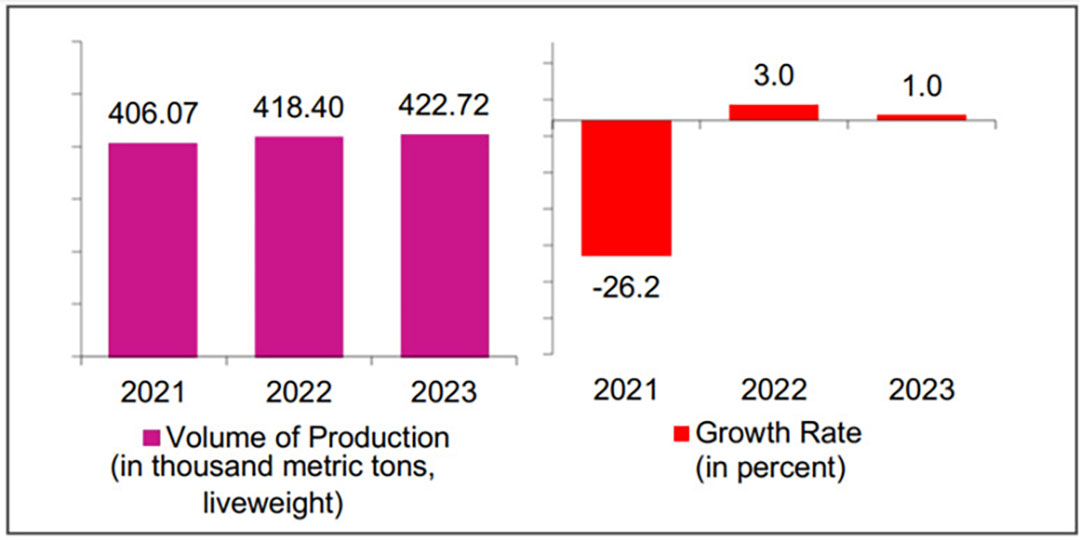
Distribution of pig inventory
As of 30 June 2023, the country’s total pig inventory was estimated at 10.07 million animals. This is 1.4% higher than the previous year’s count of 9.94 million. About 67.5% of the country’s pig population came from smallholder farms, while the remaining 29.2% and 3.2% were from commercial and semi-commercial farms, respectively (Figure 2).
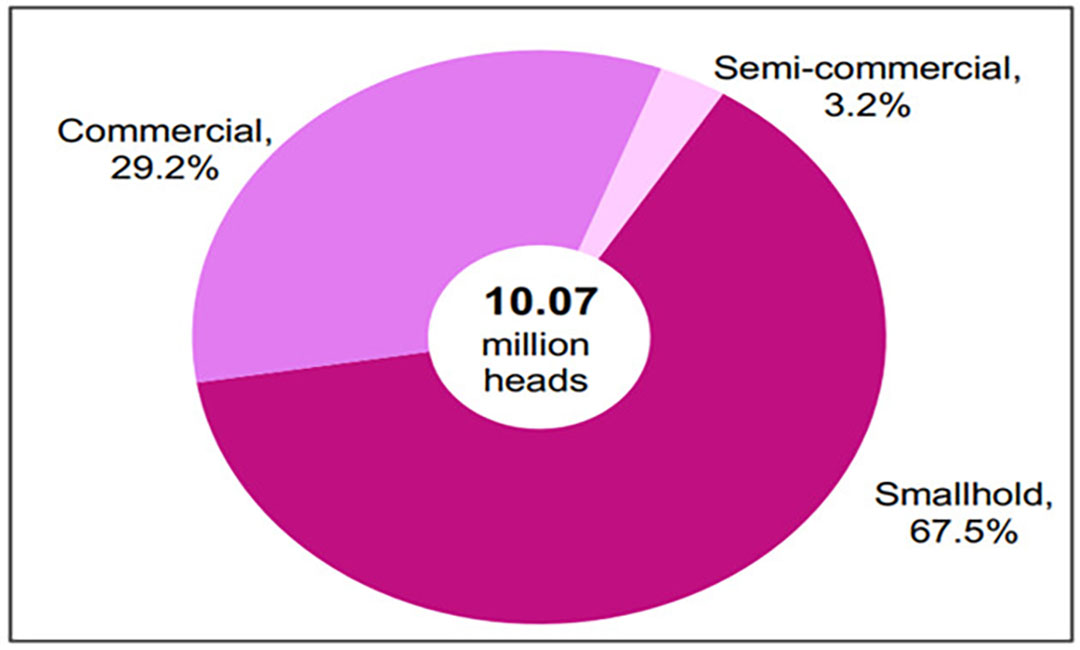
Sources: Philippine Statistics Authority, BLPS, and CLPS.
Annual growth rate of farmgate price
The average farmgate price of pigs for slaughter was quoted at PhP 169.73 per kilogram live weight for this second quarter of 2023. This is a decrease of -5.1% from the previous year’s same quarter quotation of PhP 178.86 per kilogram liveweight (Figure 3).
In the second quarter of 2023, the highest average farmgate price was recorded in June at PhP 171.85 per kg liveweight, while the lowest average farmgate price was noted in May at PhP 168.32 per kg, liveweight.
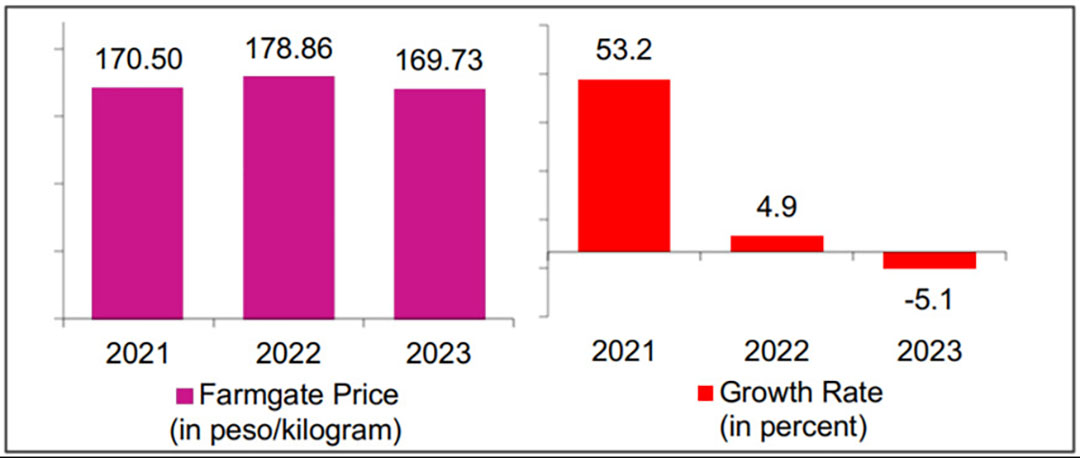
Sources: Philippine Statistics Authority, Farm Prices Survey, BLPS, and CLPS.
 Beheer
Beheer

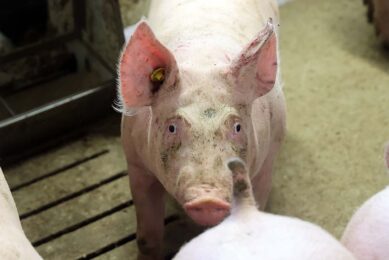
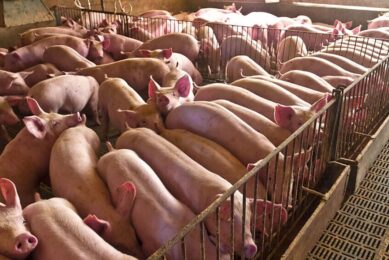

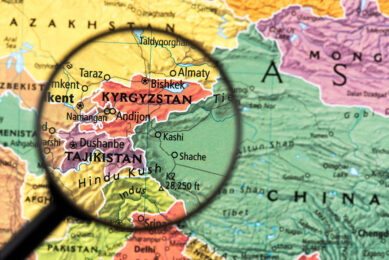



 WP Admin
WP Admin  Bewerk bericht
Bewerk bericht